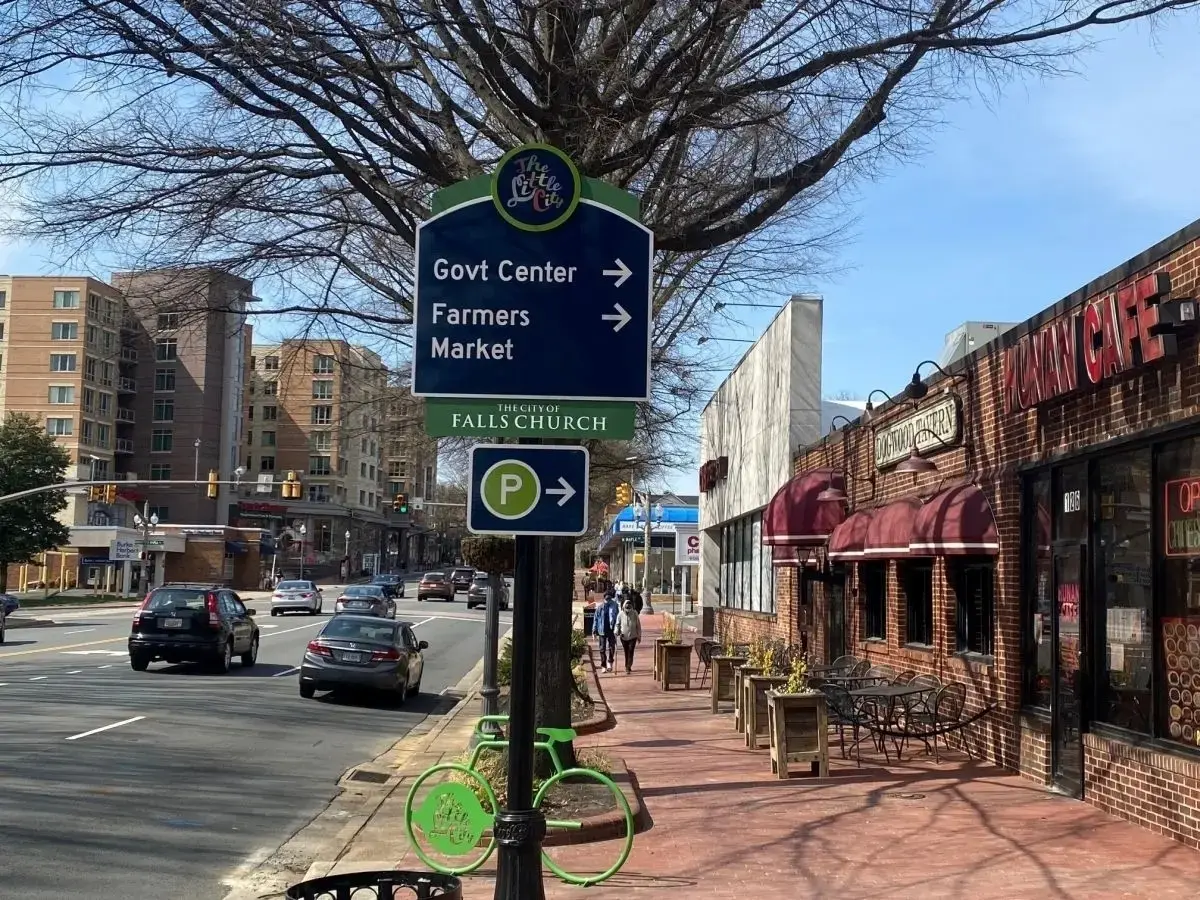Cracking the Code: Common Masonry Repairs in Falls Church, VA
Masonry, the art of building and fabricating in stone, clay, brick, or concrete block, is one of the oldest construction techniques known to humanity. It offers unrivaled aesthetic appeal and structural resilience. However, despite its strength and durability, masonry is not immune to wear and tear. Over time, various factors such as exposure to harsh weather conditions, ground movements, and aging can cause masonry defects. This is a common scenario in Falls Church, VA, where the historic charm of the city is often underpinned by masonry structures. In this article, we will explore the common masonry repairs in Falls Church, VA, and how to address them effectively.
1. Cracked Bricks
Cracked bricks can be a severe issue as they compromise the structural integrity of a masonry construction. They can occur due to various reasons, such as thermal expansion and contraction, ground movement, or water penetration. The repair process involves removing the damaged bricks and replacing them with new ones. It’s crucial to ensure the new bricks match the color, size, and texture of the existing ones to maintain the structure’s aesthetic appeal.
2. Mortar Joint Deterioration
Mortar is the adhesive that binds the masonry units together, providing structural integrity and weatherproofing. Over time, mortar can deteriorate due to weathering and aging. This typically manifests as crumbling or loose mortar. The repair process, known as repointing or tuckpointing, involves removing the deteriorated mortar and replacing it with new mortar.
3. Spalling Bricks
Spalling refers to the flaking or chipping off of the brick’s surface layer. It usually occurs due to water penetration, freeze-thaw cycles, or the use of improper cleaning techniques. Spalled bricks can lead to further damage if not attended to promptly. The repair process involves removing the damaged bricks and replacing them with new ones.
4. Efflorescence
Efflorescence is a white, powdery substance that can appear on the surface of masonry structures. It forms when water-soluble salts within the masonry units or mortar are dissolved by water and then deposited on the surface as the water evaporates. While efflorescence itself does not cause structural damage, it can be a sign of excessive moisture in the masonry, which can lead to other problems. The repair process involves cleaning the surface to remove the efflorescence and addressing the source of the moisture.
5. Leaning or Bulging Walls
Leaning or bulging walls can be a sign of serious structural issues, such as foundation settlement or shifting. If not addressed promptly, they can lead to the collapse of the wall. The repair process will depend on the extent and cause of the problem but may involve underpinning the foundation, rebuilding the wall, or installing tie-backs or wall anchors to stabilize the wall.
Notably, masonry repair requires a high degree of skill and expertise to ensure that the repairs are durable and blend seamlessly with the existing structure. In Falls Church, VA, a trusted provider of masonry repair services is A&T Chimney Sweeps fireplace, furnace, dryer vent, gutter cleaning, and repair services. With their extensive experience and attention to detail, they can effectively address a wide variety of masonry issues.
FAQs:
Q: How often should I have my masonry structure inspected?
A: It’s recommended to have your masonry structure inspected at least once a year. Regular inspections can help detect minor issues before they become major problems.
Q: Can I perform masonry repairs myself?
A: While some minor repairs may be within the capabilities of a handy homeowner, most masonry repairs require the skills and expertise of a professional mason.
Q: How long do masonry repairs last?
A: The longevity of masonry repairs depends on various factors, including the quality of the repair work, the materials used, and the exposure to weather conditions. However, with proper maintenance, masonry repairs can last for many years.
Q: Is it necessary to match the new bricks or mortar with the existing ones during repair?
A: Yes, matching the new bricks or mortar with the existing ones is crucial for maintaining the aesthetic appeal of the structure. It’s also important for ensuring the compatibility of the materials, as using incompatible materials can lead to further damage.
Q: How can I prevent masonry defects?
A: Regular maintenance, including cleaning, sealing, and prompt repairs, can help prevent many common masonry defects. Additionally, proper construction techniques and materials are essential for ensuring the durability of masonry structures.








